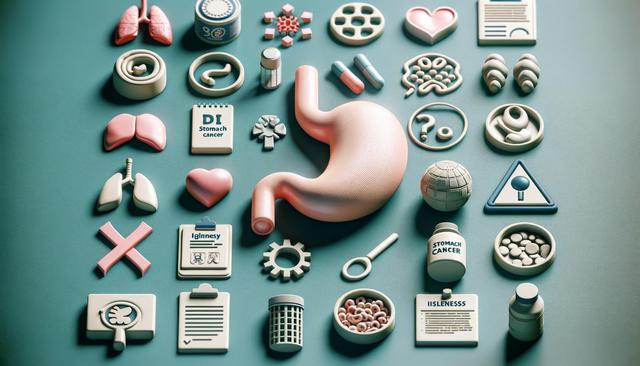Understanding Breast Cancer Symptoms
Breast cancer symptoms can vary widely from person to person, and in some cases, individuals may not notice any signs at all in the early stages. However, being familiar with what to look for can promote earlier diagnosis and intervention. The most commonly reported symptom is a lump or mass in the breast, often painless and hard, though some can be tender or soft. While not all lumps are cancerous, any new or unusual growth should be examined by a healthcare provider.
Other general signs may include:
- Swelling of all or part of the breast
- Skin irritation or dimpling
- Breast or nipple pain
- Nipple retraction (turning inward)
- Redness, scaliness, or thickening of the nipple or breast skin
- Nipple discharge other than breast milk, including blood
It’s important to remember that these symptoms can also be associated with non-cancerous conditions. Nonetheless, awareness and prompt evaluation are key steps toward peace of mind and, when necessary, early treatment.
Changes in Breast Appearance
Visual changes to the breast or nipple are sometimes among the first signs noticed. These changes can be subtle and develop over time, making them easy to overlook. For example, some people may observe that one breast has changed in size or shape compared to the other. While natural asymmetry is common, a sudden or noticeable shift warrants medical attention.
Common visual changes include:
- Skin dimpling or puckering, often compared to the texture of an orange peel
- Unexplained redness or rash on the breast or around the nipple
- A change in the direction or shape of the nipple
These types of changes may indicate underlying issues within the breast tissue. Self-examinations and being attentive to how your body normally looks can help identify these signs earlier. If something appears different or unusual, it’s advisable to consult a healthcare provider for a clinical breast exam or imaging tests.
Unusual Sensations or Pain
While breast cancer is not commonly associated with pain, some individuals do experience discomfort. Pain can occur in the breast or armpit area and may be persistent or intermittent. Sensitivity or tenderness, particularly when not related to the menstrual cycle, could be a sign that something is amiss.
Be mindful of:
- Unexplained pain in one spot that doesn’t go away
- Tingling or burning sensations in the breast tissue
- Persistent discomfort in the underarm region
These sensations, though sometimes linked to benign conditions such as cysts or infections, should not be ignored. Keeping a symptom journal can be helpful in tracking changes and providing accurate information to your healthcare provider.
Lymph Node Changes
Breast cancer can sometimes be detected through changes in the lymph nodes before any noticeable signs appear in the breast itself. The lymph nodes, particularly those in the armpit or around the collarbone, may swell or feel firm to the touch. These nodes are part of the immune system and are often the first location to which breast cancer spreads.
Signs to look for include:
- A distinct lump or swelling under the arm
- Enlarged lymph nodes near the collarbone
- Persistent tenderness or pressure in the lymph node areas
Swollen lymph nodes can also be a sign of infection or other illnesses, but when combined with other breast changes, they may point to a more serious issue. Medical imaging and biopsy may be recommended to determine the cause of lymph node changes.
Importance of Regular Screening and Self-Exams
Self-awareness is a crucial part of detecting breast cancer early. Routinely performing self-examinations allows individuals to become familiar with how their breasts normally feel and look, making it easier to notice subtle changes. In addition to self-exams, regular clinical screenings such as mammograms are a vital part of proactive health care.
Recommendations for maintaining breast health include:
- Perform monthly breast self-exams
- Schedule regular clinical breast exams with a healthcare provider
- Follow age-appropriate guidelines for mammograms and imaging tests
- Report any changes or concerns without delay
Early detection significantly improves treatment options and outcomes. By staying informed and vigilant, individuals can take meaningful steps toward protecting their health.
Conclusion: Staying Informed and Proactive
Recognizing the early signs of breast cancer empowers individuals to seek help sooner and potentially improve long-term outcomes. While many symptoms can be caused by non-cancerous conditions, it’s always best to have new or unusual changes evaluated by a healthcare professional. Staying informed, performing regular self-checks, and adhering to screening recommendations can make a meaningful difference. Prioritizing breast health is an essential part of overall well-being, and awareness is the first step in that journey.


